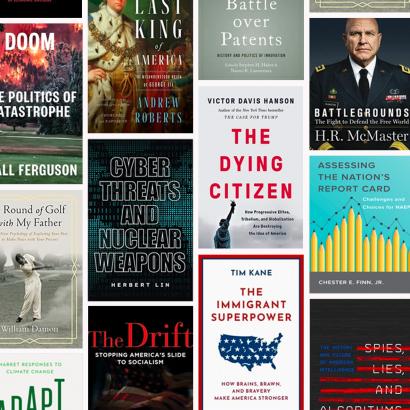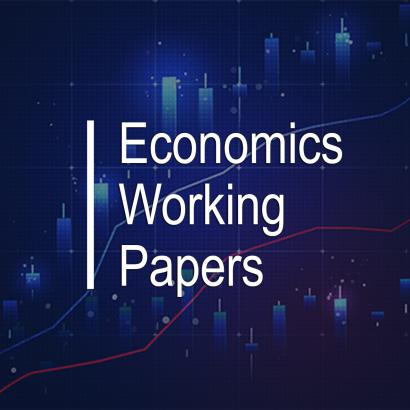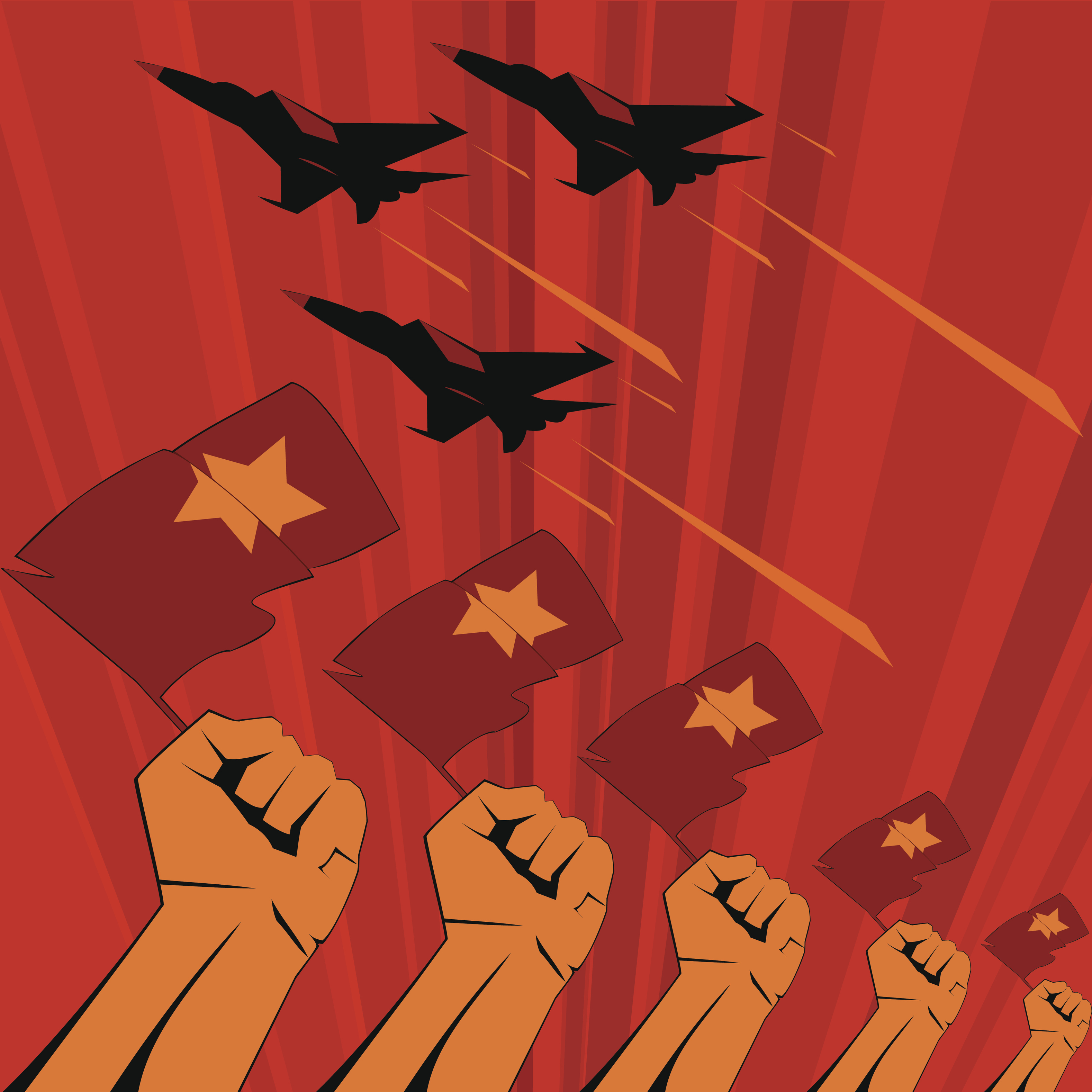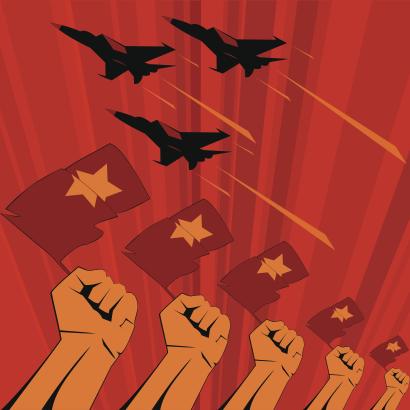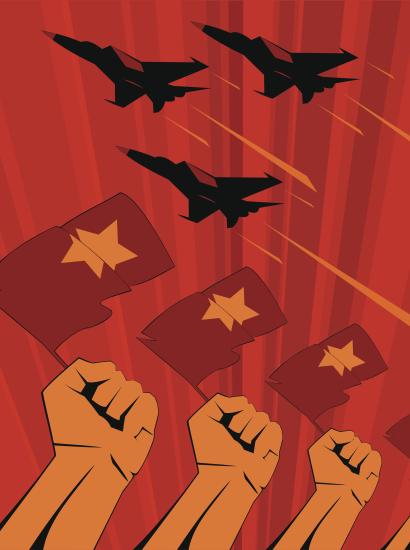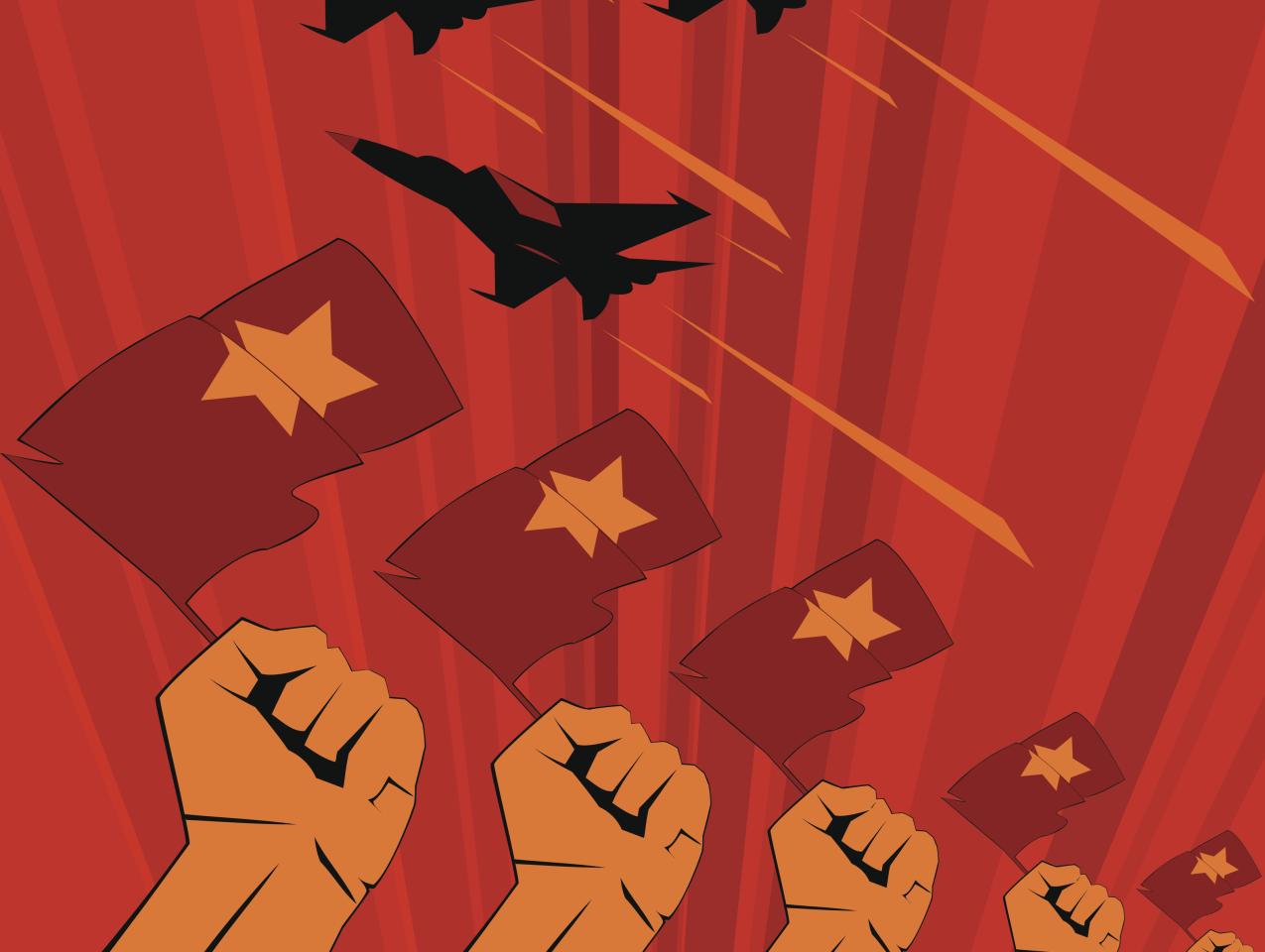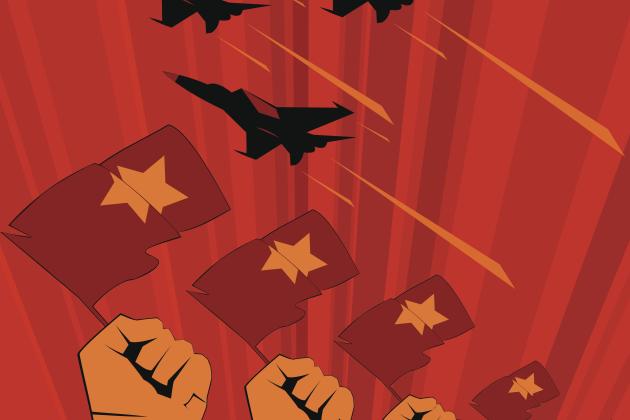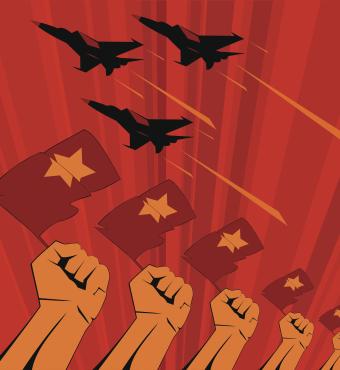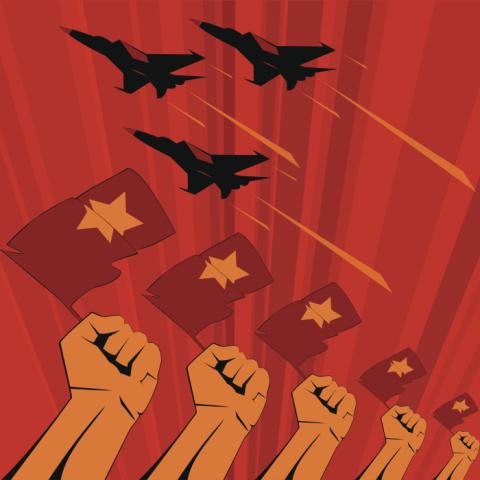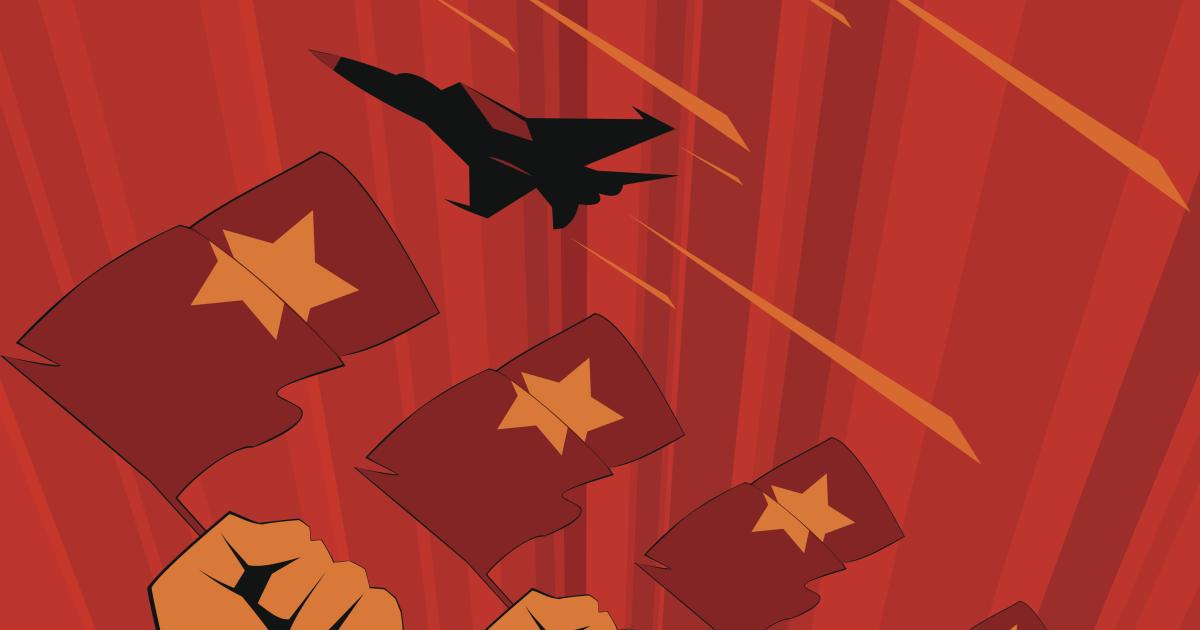- US Foreign Policy
- Determining America's Role in the World
A book that is years in the making accumulates multiple objectives over time. That was certainly true for me in writing Autocrats vs. Democrats.
My initial motivation for this book was to explain the re-emergence of great-power competition in the twenty-first century. A decade ago, scholars began to characterize US-Russia relations as a new Cold War. The China field lagged behind a few years, but references to a new Cold War between the United States and China also became common, especially during the first Trump administration. I agreed in part with this description of great-power relations in our era. However, I was also unsatisfied with explanations that focused too exclusively on the balance of power as the source of conflict.
Everything in international relations starts with power. Yet I also believed that regime type—autocracies versus democracies—and individual leaders played a significant role as well. In my view, it was not an accident that relations between the United States and Russia became more confrontational as the Russian regime became increasingly autocratic. As a leader, Xi Jinping played a consequential role in exacerbating tensions in US-China relations. So too did President Trump, at least in his first term.
Complex explanations involving three factors—power, regimes, and individuals––are not particularly fashionable in academic or policy circles. But I worried that an oversimplified explanation of our new era of great-power competition would lead to bad US foreign-policy decisions.
A second and related motivation was that I wanted to engage in the debate about whether we had entered into a new Cold War with China and its sidekick, Russia. That is the conventional wisdom. And that groupthink, especially about China, made me nervous. Instead, I saw a more complex story that included some parallels with the Cold War but also significant differences.
Regarding similarities, international politics today is shaped primarily by two great powers: the United States and China. There is also a real ideological dimension to this competition today, as in the Cold War. This great-power competition is also global, much like that of the previous century. And my tragic prediction is that this new era of superpower rivalry will most likely endure for decades, like the contest between the Soviets and the Americans.
At the same time, some significant differences between the Cold War and our new era of great-power competition must be understood accurately to comprehend the world today and devise effective US strategies for our current era.
- First, while the United States and China are the two most powerful countries in the world, the overall balance of power still favors the United States, especially when allies are added to the equation. Today’s international system also includes several middle powers with influence, such as India, Saudi Arabia, Brazil, Turkey, and Indonesia, that do not align firmly with the “red team” or the “blue team” as most countries did during the Cold War.
- Second, the ideological struggle between the autocrats and democrats today is real but not nearly as intense as during the Cold War. And in many countries, especially in Europe and the United States but also in Latin America and Africa, the ideological struggle is more acute within countries than between countries.
- Third, unlike in the Cold War, the American and Chinese economies are highly intertwined. The Chinese economy is also more connected to the global economy than the Soviet economy ever was.
- Fourth, China and Russia are allies today. They were adversaries for significant periods during the Cold War.
- Fifth, the free world is not as united as it was during the Cold War.
- And a sixth difference lies within the United States. Compared to the past century, American society is more polarized. Isolationist tendencies in both the Republican and Democratic parties are also much more prevalent than during the Cold War. For analytical explanations and policy prescriptions, we ignore these differences at our peril.
After explaining and describing great-power politics, the final motivation for writing Autocrats vs. Democrats was to provide a blueprint for American foreign-policy makers and citizens in the twenty-first century. The book dedicates three entire chapters to policy recommendations, including mistakes from the Cold War that should be avoided today, successes from the Cold War that should be replicated, and policies necessary for addressing China and Russia in the present day that have no direct connection to the Cold War.
Regrettably, the second Trump administration is pursuing exactly the opposite of many of the policies I recommend in this book. For instance, strengthening alliances, building multilateral trade relations with other market economies, promoting democracy through the US Agency for International Development (USAID) or Voice of America (VOA), investing in research and development at home, and encouraging immigration of the best and brightest from around the world were all successful US policies during the Cold War, These are policies the Trump administration is not pursuing and is even deliberately dismantling.
At the same time, the Trump administration is also repeating some of our mistakes from the Cold War, including embracing dictators, overestimating the Chinese communist threat, and pursuing alleged enemies from within, just as the United States did during the McCarthy era.
In advocating for stronger ties between our democratic allies, new trade and investment relationships between countries in the free world, and renewed commitment to supporting democratic ideas at home and abroad, Autocrats vs. Democrats offers a practical and straightforward alternative to our current foreign-policy course. Convincing Americans of the benefits of this new grand strategy for American renewal at home and in the world was the primary motivation for writing this book.


